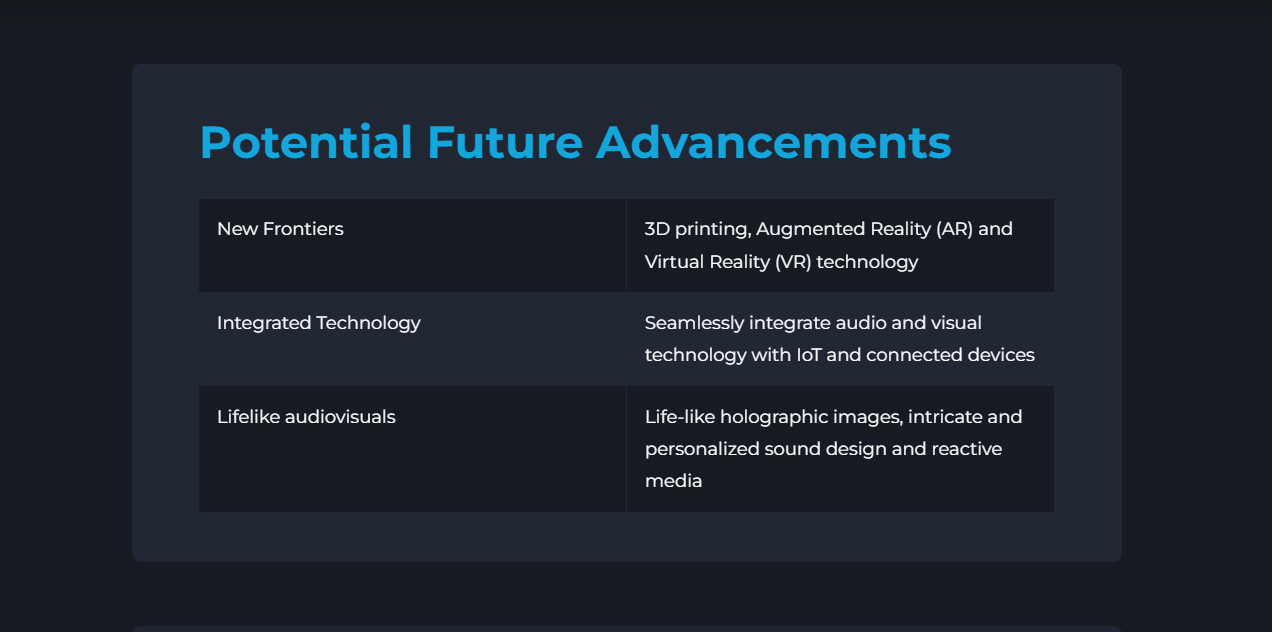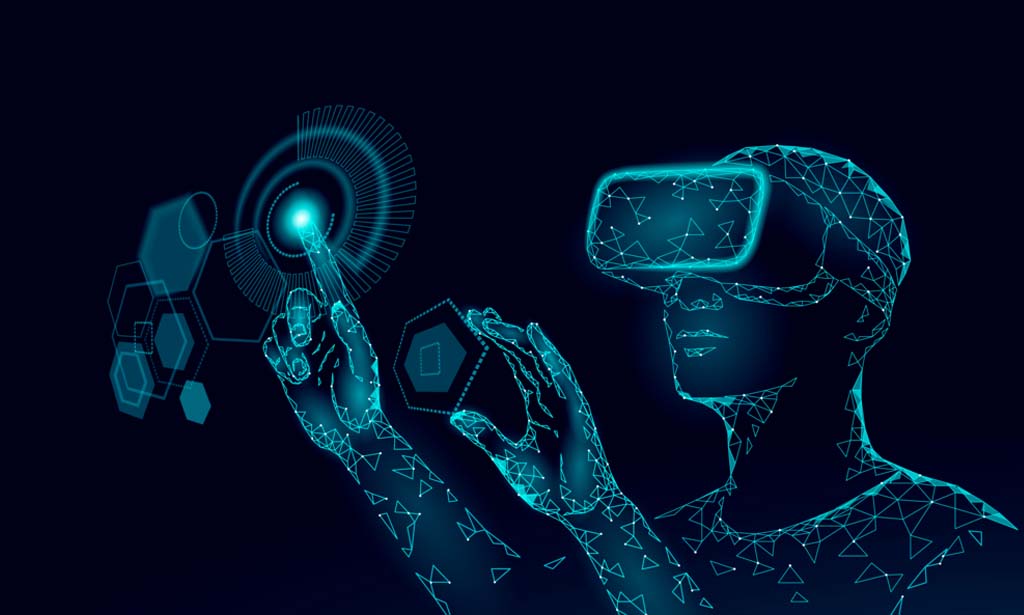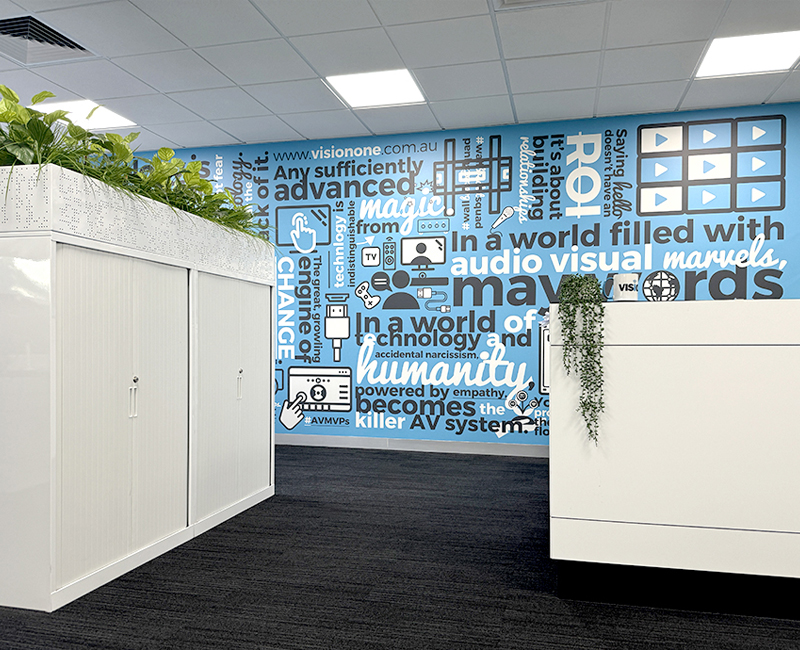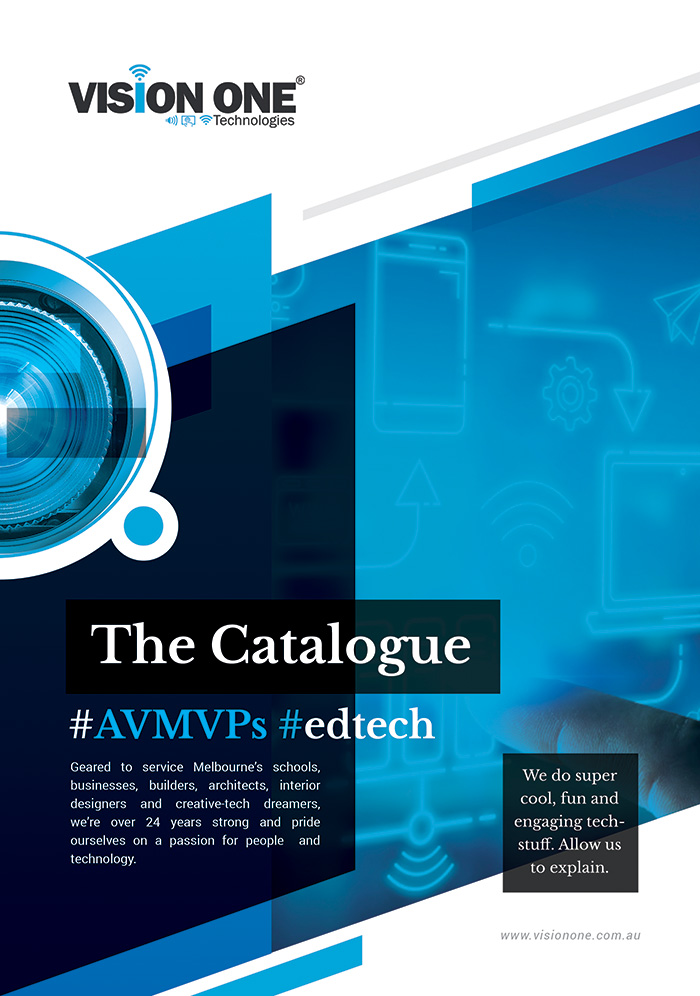eBook: The Future of Audio Visual Technologies in the Education and Commercial World
Step into the captivating world of audio-visual technologies with our brand-new digital eBook, "The Future...
How Virtual Reality is Revolutionising the Classroom and Corporate Tech Industry
The future of VR (virtual reality) and AR (augmented reality) in a continually dynamic industry...
How Augmented and Virtual Reality Can Transform Your Business
This article has been reposted from soti.com. With its limitless potential, Augmented Reality (AR) and...












